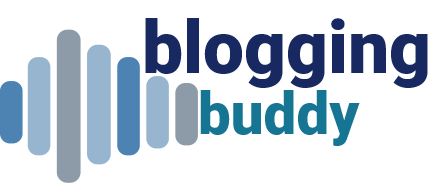Tag: Backbase
Portals are the future of interactive net option that individuals and the corporations have. This includes the ability to have social networking tools and blogging. Gartner recently came out with its analysis of the “Horizontal Portals” in the market and categorized the different options in different quadrants. First, let us understand what they mean by Horizontal and Vertical portals.
Gartner defines a portal as a Web software infrastructure that provides interaction with relevant information assets (for example, information/content, applications and business processes), knowledge assets, and human assets by select targeted audiences, delivered in a highly personalized manner. Enterprise portals face a range of audiences, including employees, customers and partners, and serve a range of business functions.
A portal product is a packaged software application used to create and maintain enterprise portals. These products can be used to design vertical or horizontal portals:
- Vertical portals focus on providing access and interaction with specific applications or business functions.
- Horizontal portals integrate and aggregate information from multiple cross-enterprise applications, as well as from various line-of-business tools and applications.
Here are the main guys:
- Leaders: IBM, Liferay, Microsoft, Oracle and SAP
- Challengers: OpenText, Red Hat
- Niche: DNN, Drupal, eXo, Temenos, United Planet
- Visionaries: Adobe, Backbase, Covisant, Salesforce
Drupal is the only major blogging / portal application used in the broader blogging market by regular bloggers.
This is what Gartner says about Drupal and its strengths and weaknesses.
Drupal is the most widely adopted open-source package for publishing and managing websites, active in over 800,000 websites, including the U.S. White House official site. Although the package is often categorized as a WCM system, it supports portal scenarios through an architecture that includes a hierarchical framework of components (modules) and database-backed content objects (nodes in Drupal 6, entities in Drupal 7). There is an ecosystem of add-ons and modules, which now number more than 20,000. Together with a sophisticated configuration mechanism, Drupal can be configured for a variety of scenarios, although it’s used most often for external-facing sites.
The Drupal ecosystem includes a large number of small to midsize system integrators and professional services firms. Among them is Acquia, a provider of Drupal technology and services that was co-founded by the author of Drupal (Dries Buytaert), that also offers Drupal-in-the-cloud services (Drupal Gardens).
Strengths:
- Drupal is very broadly adopted in external-facing scenarios among the government, education, publishing, and media and entertainment sectors.
- Drupal has a large and growing ecosystem of users, consultants, developers and module authors.
- Compared to many high-end commercial WCM and portal packages, Drupal is inexpensive and easy to deploy.
Which portal do you think is the better one?




Recent Comments